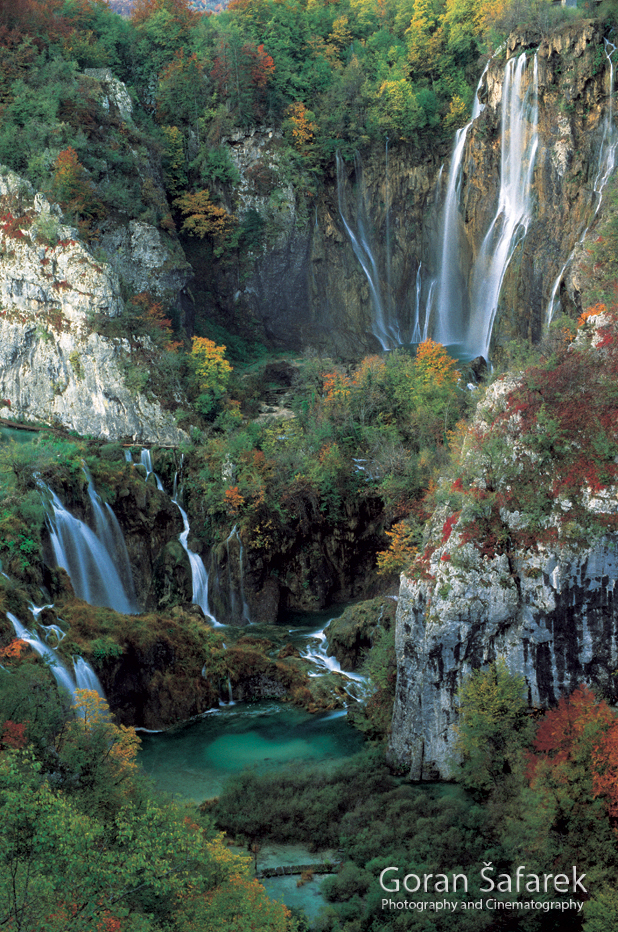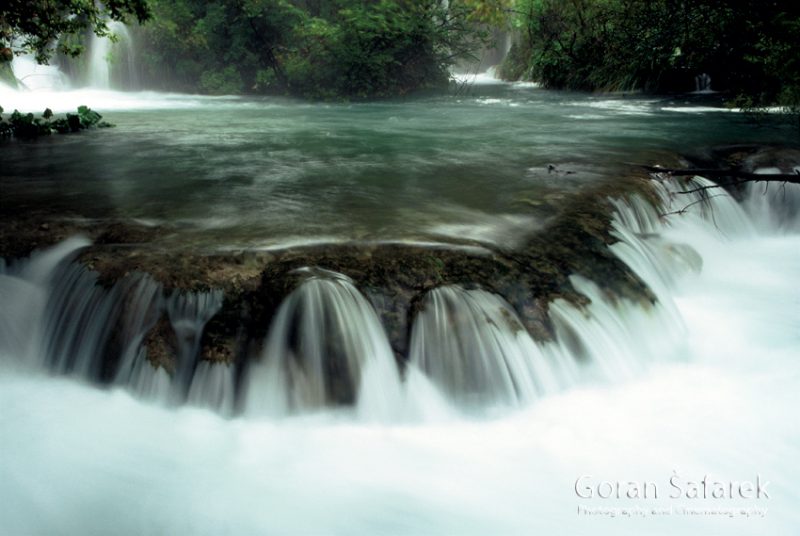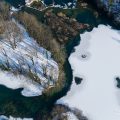How Plitvice Lakes Were Created: The Story Behind Magnificent Waterfalls and Cascading Lakes
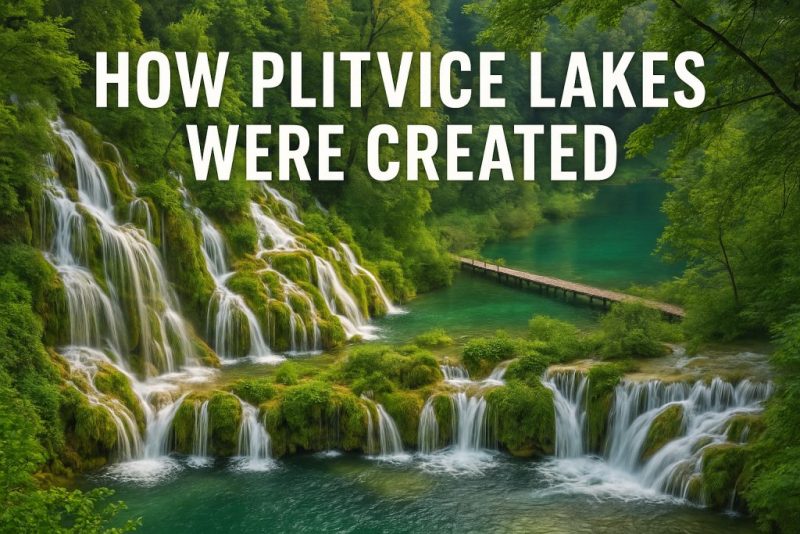
Discover Plitvice Lakes, a fairy-tale landscape shaped by countless waterfalls and cascading lakes formed from the enchanting mineral tufa (travertine).
The Plitvice Lakes, a realm of cascading lakes and countless shimmering waterfalls, owe their breathtaking beauty to a seemingly “magical” substance known as tufa—also called travertine, or sedra in Croatian. While it might not be truly enchanted, the landscapes sculpted by tufa certainly look like they’re plucked straight from a fairy tale.
Without tufa, the Plitvice Lakes would have remained an ordinary river. Instead, this remarkable mineral transformed the area into one of nature’s most mesmerizing wonders.
From Ancient Seas to Magical Cascades
Tufa is essentially calcium carbonate (CaCO₃), or calcite, abundant in this part of Europe because the Dinaric Mountains are primarily composed of limestone—a sedimentary rock rich in calcite. Limestone formed hundreds of millions of years ago in warm, shallow seas thousands of kilometers from their current position. It accumulated very slowly, layer by layer, from the shells of microscopic plankton drifting gently like snowflakes onto the sea floor. Over vast periods, immense pressure compacted these tiny shells into solid sedimentary rock.
Subsequent tectonic movements dramatically reshaped the landscape, thrusting these ancient seabeds upwards to form today’s rocky Dinaric Mountains. In stark contrast, tufa grows remarkably fast—rapid enough for humans to witness its formation in their lifetime. Scientists classify tufa (and its close cousin, travertine) as a rapidly-forming calcium carbonate sedimentary rock. Despite sharing chemical similarities with limestone, tufa exhibits uniquely distinct physical properties, responsible for creating the breathtaking cascades of the Plitvice Lakes.
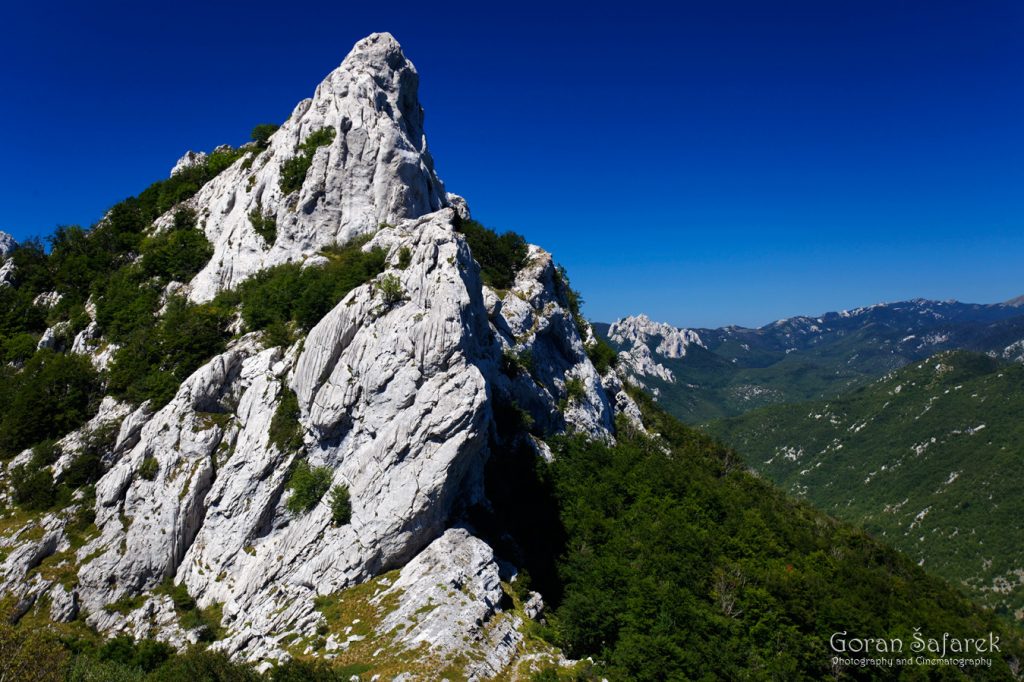
Limestone, karst environment, is necessary for the tufa production
From Raindrops to Cascades: The Journey Begins
The story of Plitvice Lakes begins high up, in the lush, forested hills surrounding this magical landscape.
Here, abundant rainfall drenches the dense Croatian woodlands. As the rainwater soaks into the forest soil, it absorbs significant amounts of carbon dioxide (CO₂), becoming mildly acidic. This CO₂-rich water then percolates downward, slowly seeping through the porous layers of the karstic limestone rock beneath.
As the slightly acidic water moves through limestone, a chemical dance unfolds: the dissolved carbon dioxide shifts the delicate chemical balance, causing bits of calcium carbonate—the essence of limestone—to dissolve, further enlarging the tiny pores and cracks in the rock. Eventually, this mineral-rich water, now saturated with calcium and carbonate ions, makes its way back to the surface as springs and streams.
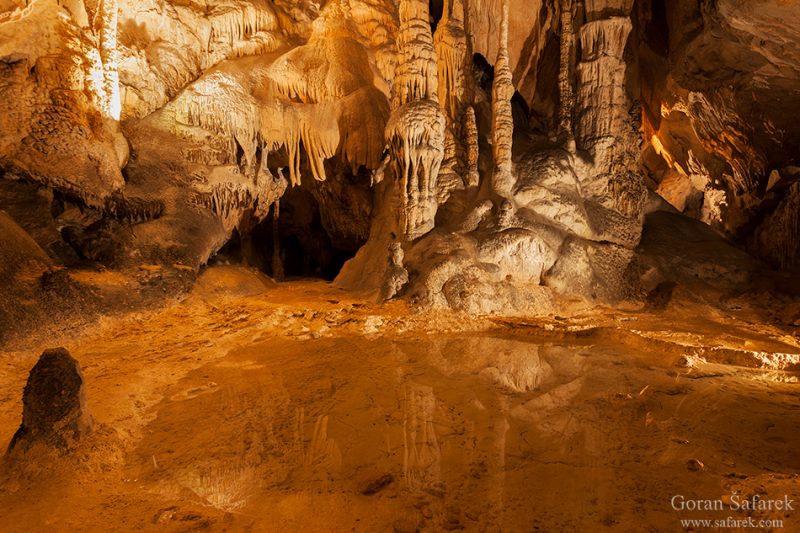
You might assume tufa formation begins immediately, but the process isn’t that simple—we haven’t reached the magic yet. In fact, most streams flow along quietly, depositing little to no tufa. Certainly not enough to create the spectacular natural architecture of Plitvice. Unlike its cousin travertine, formed in warm thermal springs, tufa at Plitvice originates from cold, freshwater sources.
So, how exactly does this special combination create the fairy-tale waterfalls and vibrant lakes of Plitvice?
Emerging Waters: The Hidden Chemistry of Tufa Formation
Calcium and carbonate-rich water flows silently through subterranean channels, eventually resurfacing as cold springs and streams. At this point, you’d expect tufa to immediately begin forming—but the journey is far from complete. Most streams pass without much fanfare, producing little or no tufa at all, certainly not enough to shape the extraordinary landscapes of Plitvice Lakes.
Unlike travertine, which forms rapidly in warm thermal springs, the tufa at Plitvice is unique—it originates from cool, freshwater sources. This leads us to the intriguing question: if not temperature alone, what special conditions allow tufa to craft these breathtaking waterfalls and vibrant turquoise lakes?
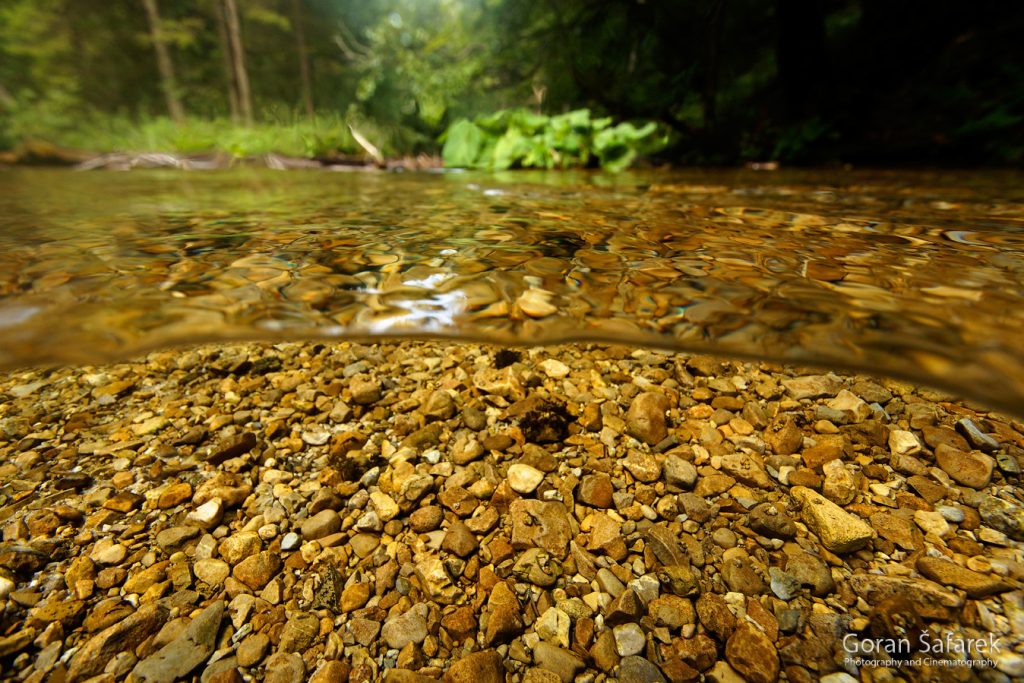
Rapids and Bubbles: How Air Breathes Life into Tufa
So, what exactly turns dissolved calcium and carbonate ions back into solid calcium carbonate—the rock we know as tufa? The secret ingredient here is surprisingly simple: air. And there’s no better natural mixer of air and water than rushing rapids and cascading streams.
As water tumbles energetically over rapids, countless tiny air bubbles become trapped and vigorously churned into the flow. This process efficiently strips away the dissolved carbon dioxide (CO₂), dramatically shifting the delicate chemical balance back toward solidification. In other words, the loss of CO₂ triggers rapid formation of calcite crystals. The more turbulent the water, the more bubbles it creates, and this generates an accelerating, positive feedback loop—rapidly growing the tufa formations.
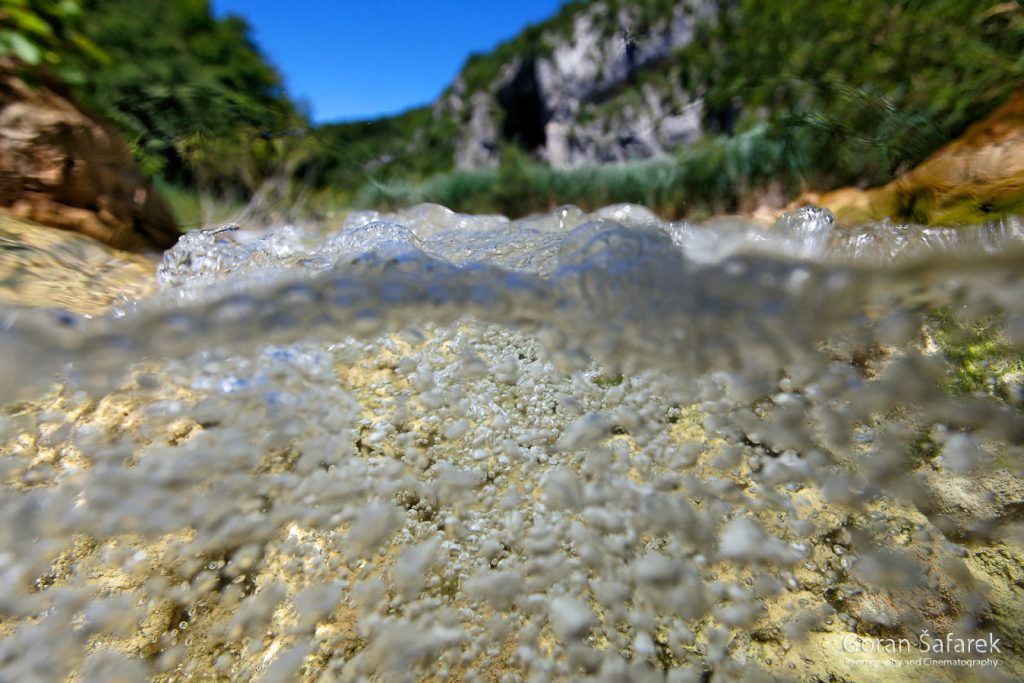
Yet, this isn’t quite the end of our story. There’s another fascinating and crucial step that gives Plitvice Lakes their truly magical character—and you definitely don’t want to miss it!
Moss: The Silent Architect of Plitvice
There’s one final, vital player in this fascinating creation story—the delicate yet determined water moss. These tiny, fragile plants quietly “fish” for drifting calcite crystals as water rushes by. Their slender stems and leaves are coated in a sticky film of gluey algae and bacteria, acting like miniature nets that capture and hold the calcite crystals.
These moss stems quickly become nuclei around which tufa begins to grow, layer upon layer. Gradually, the expanding calcite formations envelop and “strangle” the moss, causing it to die. As the moss decomposes, it leaves behind tiny empty spaces within the forming rock, making tufa uniquely porous and surprisingly lightweight—characteristics that once made it popular as a building material.
Though the moss may eventually perish, its sacrifice creates a magnificent spectacle: a landscape defined by shimmering cascades, turquoise pools, and delicate rock formations. Thus, in death, these humble plants give life to the breathtaking wonder that is Plitvice Lakes.
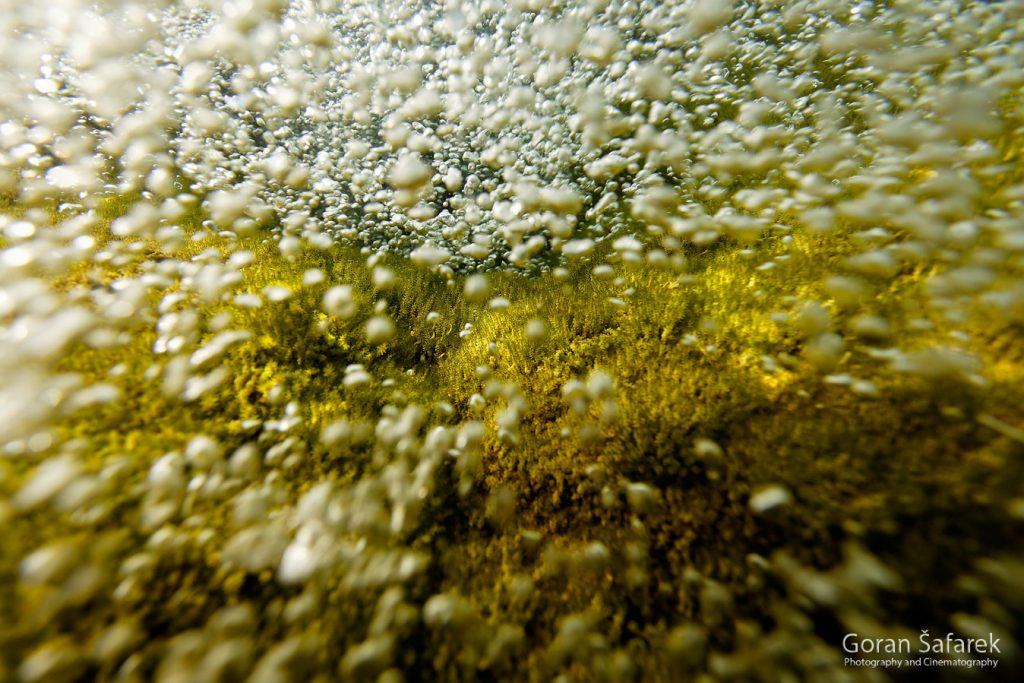
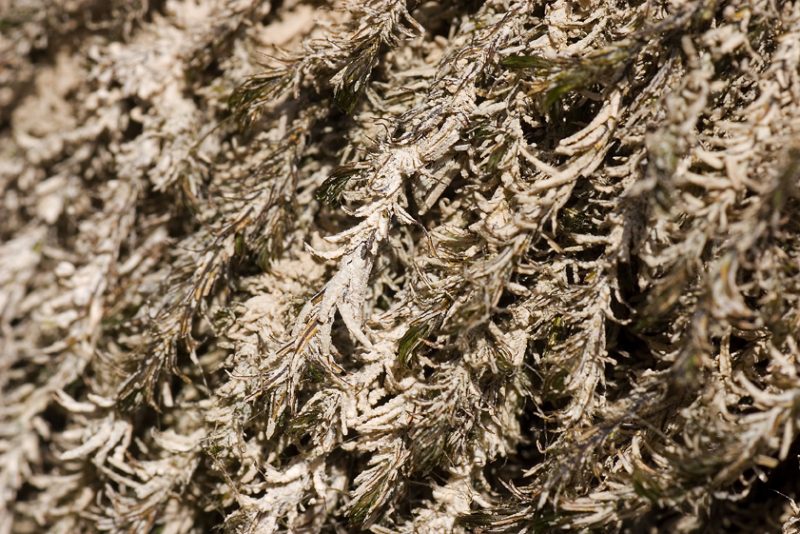
Calcite is being deposited on the moss

Nature’s Grand Finale: From Tiny Crystals to Majestic Waterfalls
On a grander scale, tufa formations gradually build up into large, sturdy barriers spanning the entire width of the streams. As the water encounters these natural walls, it gracefully tumbles over them, creating the enchanting waterfalls that have become Plitvice’s signature feature. Interestingly, the taller these barriers grow, the more vigorously the water cascades—boosting the formation of even more tufa in a continuous, self-strengthening cycle.
These solid tufa dams dramatically slow down the water flow upstream, forming the tranquil, shimmering lakes that gently meander through the park. Thus, from microscopic crystals and delicate mosses, nature crafts a landscape of astonishing beauty: a paradise of cascading waterfalls, crystal-clear lakes, and lush greenery—the iconic Plitvice Lakes.
